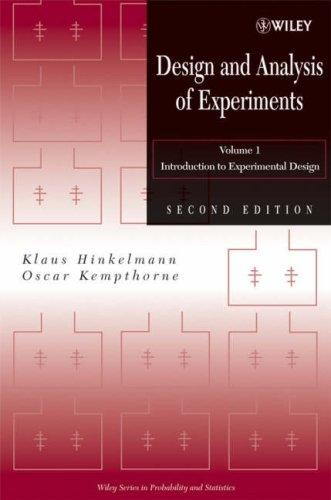Question
a) Electron microscopes are chosen for very fine resolution because the de Broglie wavelength can be made much shorter than the wavelength of visible light.
a) Electron microscopes are chosen for very fine resolution because the de Broglie wavelength can be made much shorter than the wavelength of visible light. The resolution is roughly the de Broglie wavelength. Use the relativistic energy-momentum relation: E2 = p2c2 + m2c4 to determine the energy of electrons needed to resolve objects of the size 106 m (a virus), 108 m (a DNA molecule), 1015 m (a proton). Determine the voltage needed to accelerate the electrons to the necessary kinetic energy (E mc2).
(b) The energy of a photon is E = hf , where h is Planck's constant and f is the photon's frequency. When light moves through a gravitational field, we can treat the photon as if it had a mass given by Einstein's relation: E = mc2. What energy does a blue quantum of light (wavelength: 400 nanometers) lose by moving 10 meters upward in the Earth's gravitational field? How large is the shift in frequency and wavelength?
(c) Collisions of photons from a laser with relativistic electrons from the Stanford Linear Accelerator (SLAC) are used to prepare monochromatic high energy gamma ray photon beams. Calculate the maximum change of energy and wavelength of a photon of red light (wavelength 8 107 meters) colliding head on with an electron of energy E = 20 GeV.
Step by Step Solution
There are 3 Steps involved in it
Step: 1

Get Instant Access to Expert-Tailored Solutions
See step-by-step solutions with expert insights and AI powered tools for academic success
Step: 2

Step: 3

Ace Your Homework with AI
Get the answers you need in no time with our AI-driven, step-by-step assistance
Get Started


